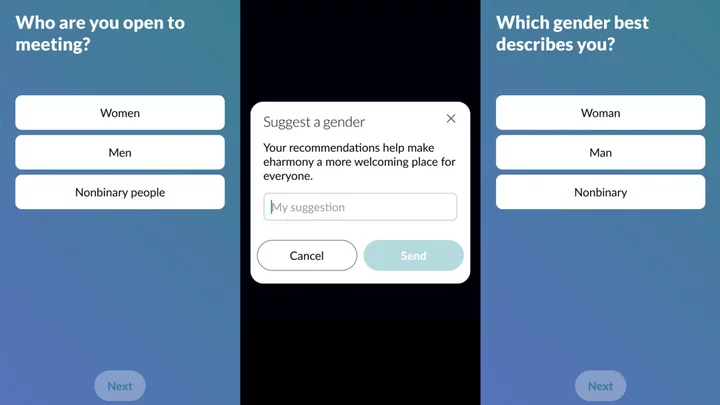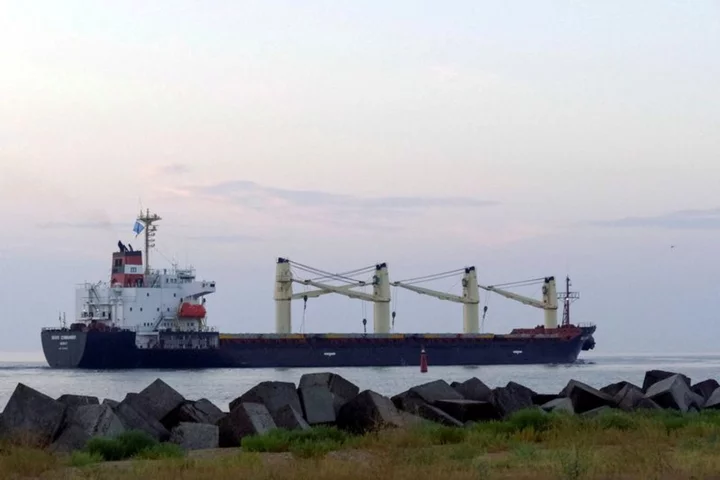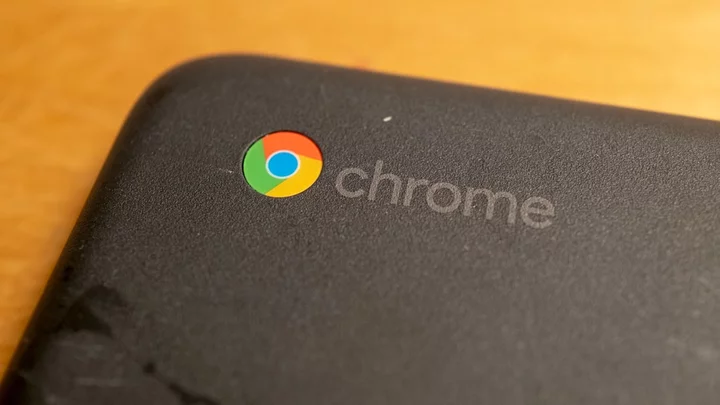COPENHAGEN–One of the features that Polestar hopes will get the attention of potential car customers isn’t anywhere on the inside or outside of its luxury electric vehicles. Instead, its a series of data reports on its website.
The Gothenburg, Sweden-based automaker (set up as a joint venture between Volvo and Volvo’s Chinese parent firm Geely) has leaned into transparency about its manufacturing and operations as one way to distinguish itself from other EV makers.
“One of the most common questions we get from customers is around sustainability,” said Lisa Bolin, climate lead at Polestar, in an interview at the TechBBQ conference here after she had spoken on a panel about the automaker’s transparency efforts.
In May 2021, the company inked a partnership with Circulor, a London firm that had already been using its blockchain-based system to trace cobalt supplies for Polestar’s batteries, to track more of the components going into its vehicles and also tally the carbon-dioxide emissions generated along that entire supply chain.
Tracing raw materials back to mines is not an easy task and risks revealing ugly truths about how labor rights and environmental protection are neglected in countries that happen to hold most of the world’s resources of these minerals, such as the Democratic Republic of Congo.
“Some of the raw materials that we source, they are not available from too many places in the world,” Bolin said. “Tracing, auditing and all of this is costly."
Seated across a table from Bolin, Circulor chief external affairs officer Ellen Carey offered a high-level overview of how that firm goes about that task, starting at individual mines.
“It’s multiple inputs,” Carey said, ranging from “very precise geolocation” to verifying exact delivery times and weights, that allow Circulor to build a “digital twin” model of each shipment and give it confidence that people haven’t tried to cook the books.
For batteries in the Polestar 2 sedan, Circular tracks cobalt and mica; for the upcoming Polestar 3 SUV, it will also trace lithium and nickel.
Circulor stores this data in an Oracle Hyperledger-based private blockchain–a solution that combines the immutability of a digital ledger with the access controls that the company and its clients need. Circular has also done work for Volkswagen Group, Mercedes-Benz, and Volvo, as well as various firms further down the EV supply chain.
“It's a private, permission-based blockchain,” said Carey, who also spoke at the TechBBQ conference. “Our key thing is to have confidentiality.”
The results as seen on Polestar’s site suggest how much of this data doesn’t leave its offices. “Product Sustainability Declarations” posted for the Polestar 2 and Polestar 3 outline supply-chain risks (in cobalt’s case, “forced labor and child labor, corruption, weak rule of law, high-intensity conflicts, and pollution from hazardous materials”) and say Polestar uses Circulor’s system to confirm that it only gets these minerals from suppliers that comply with its rules.
But they don’t name or categorize suppliers, and Polestar’s Sustainability Report also sticks to high-level goals.
In comparison, Tesla’s 2022 Impact Report (PDF) provides more detail in its breakout of the automaker’s work to source more of its minerals directly and then audit its suppliers for compliance. But it only cites one test of digital tracing of raw materials for a single battery–which itself involved the mining firm BHP using Circulor’s system, Reuters reported last summer.
Polestar surfaces more data in the “Life Cycle Assessments” it posts for its vehicles, which use Circulor research to compute the carbon footprint of an individual electric vehicle and when its lower energy consumption will recoup the higher carbon intensity of building an EV.
In the case of a Polestar 2 that a driver recharges using a “global electricity mix” of generation sources, this report says that breakeven point comes just before 70,000 miles of driving; with a car charged on the European Union’s more renewable grid, it comes at 48,000 miles and change.
Both Bolin and Carey underscored that government regulations have also played a role in making supply-chain transparency a priority. In July, the European Union adopted a set of battery regulations that will set minimum levels of recycled materials and require manufacturers to report recycled content, embedded carbon footprints, and other data points in a “battery passport” that should exist as a scannable QR code on new batteries by 2027.
“It's good for us that we are ahead, rather than meeting this legislation with no idea how to collect data,” Bolin said.
Carey pointed to the rules in the Inflation Reduction Act’s clean-vehicle tax credits that require accounting of mineral supply chains–rules added as part of the Biden administration’s move to boost battery production in the United States.
“This signal has been sent, and it's clear that supply chain traceability is becoming the standard for doing business,” she said. “That signal was not there four years ago.”
Disclosure: I moderated a panel at TechBBQ, with the conference covering most of my travel costs.









